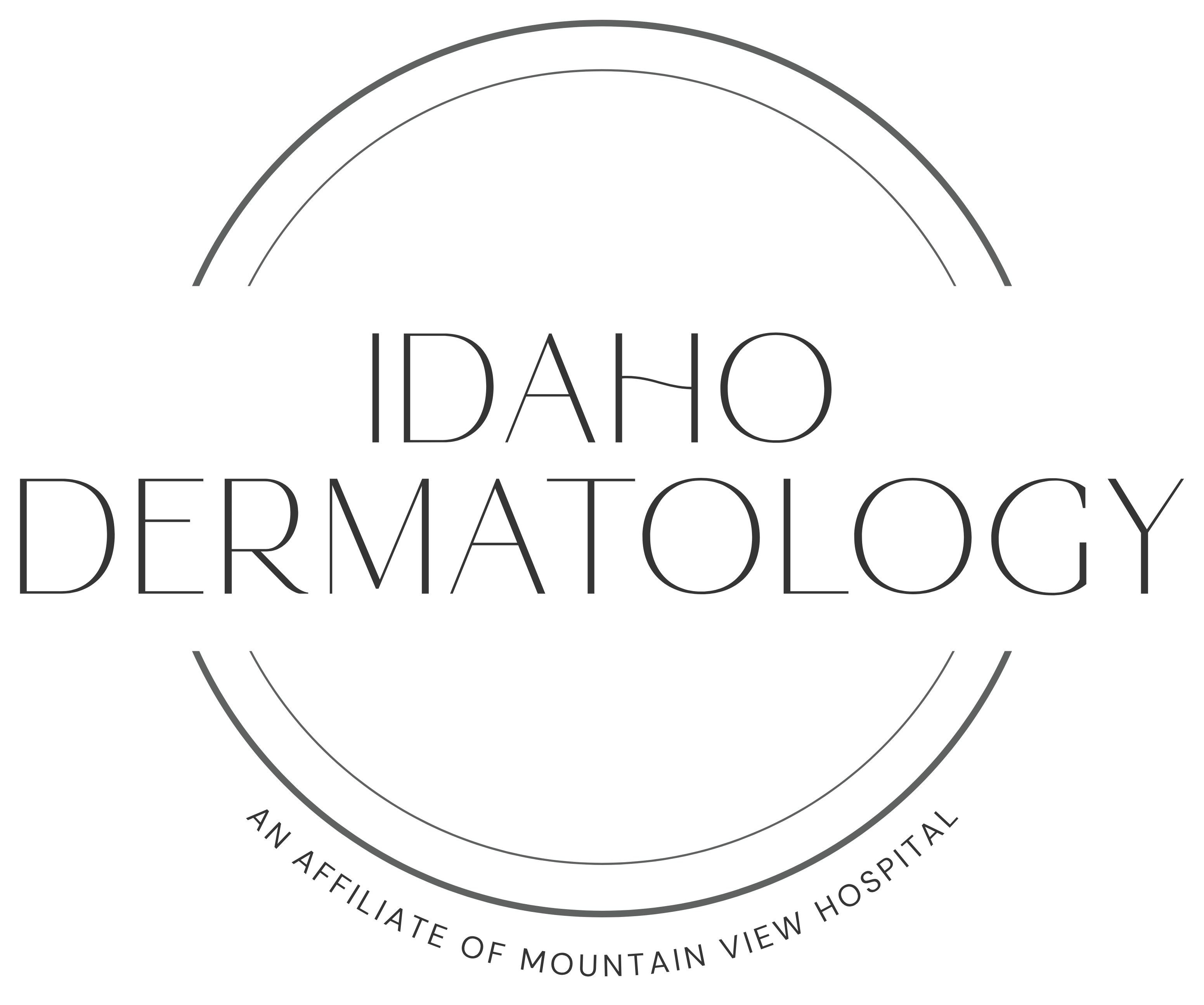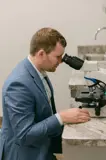Risks involved with Mohs surgery are minimal. These are typically outpatient procedures lasting anywhere from 4 to 8 hours depending on the complexity and severity of your condition.
Patients can expect slight bleeding and minor pain around the surgical location. In rare instances, patients may experience numbness near the wound, weakness around the affected area, or potential scarring.


